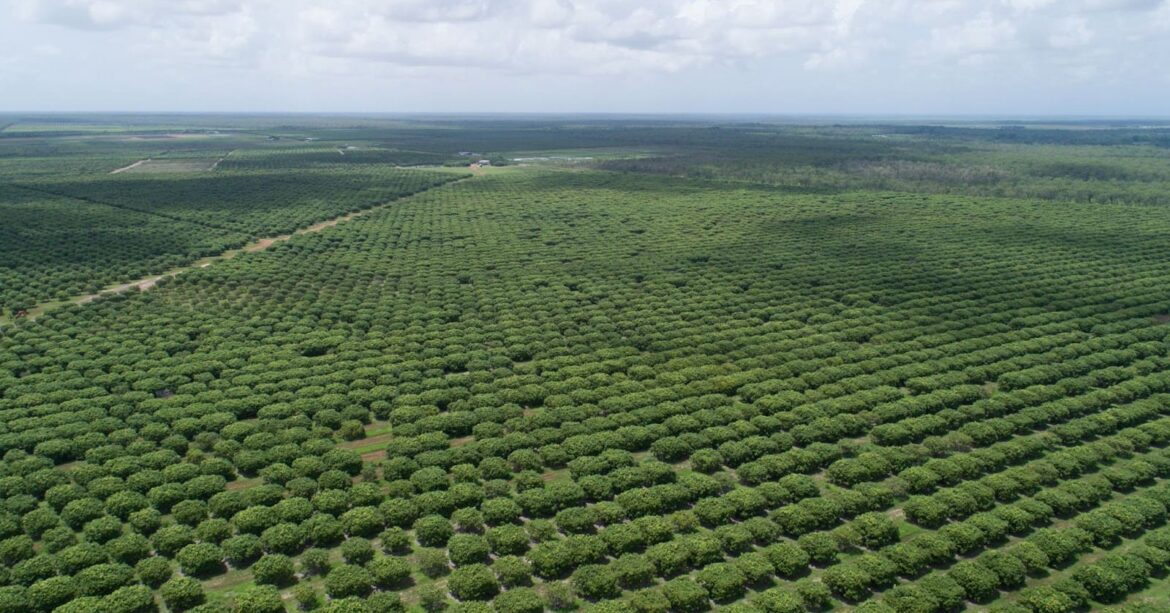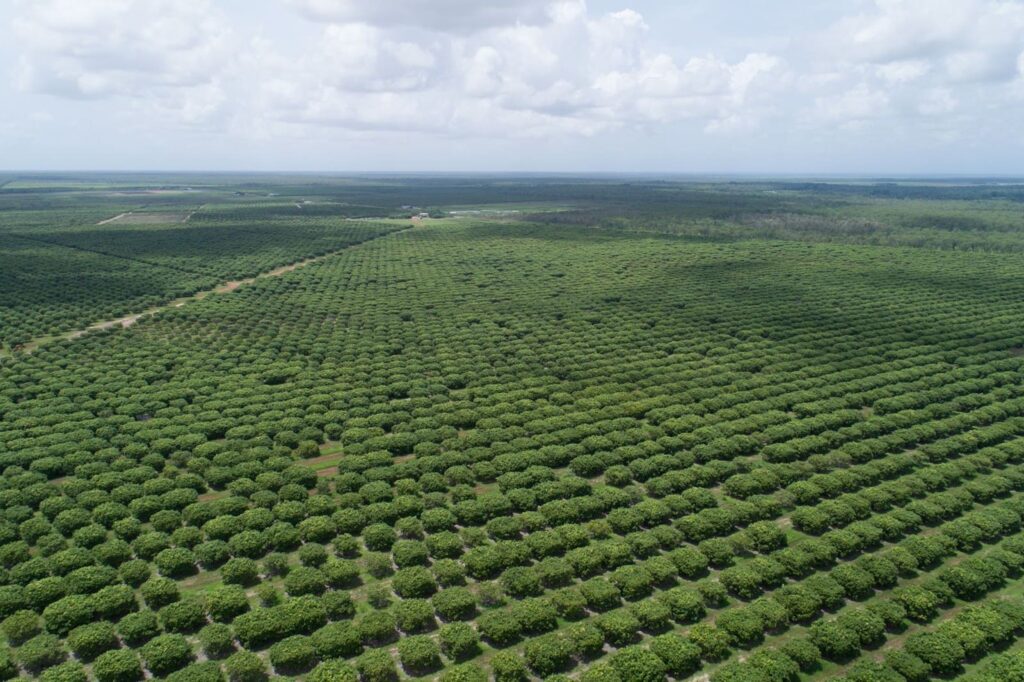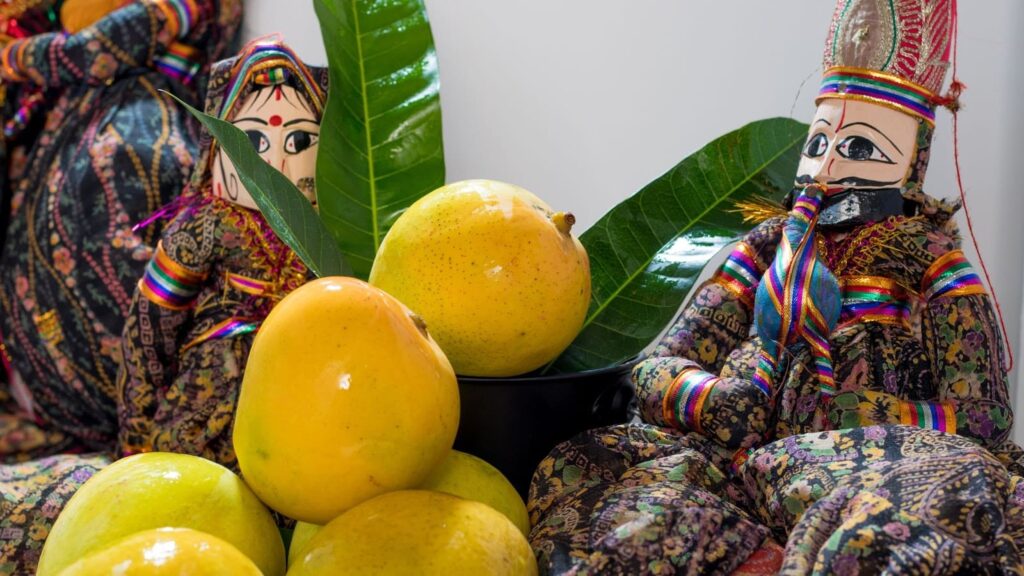The History of Australian Mangoes
Mangoes in Australia are grown in tropical and sub-tropical areas of the Northern Territory, New South Wales, Queensland, and Western Australia. Australian developed varieties like Kensington Pride and Calypso® are favourites with growers and consumers.
Overall, the nine main popular varieties of mango grown in Australia are available from September through to April with each variety available for part of that season. Kensington and Calypso® having the longest season from September to March. Brooks has the shortest as this variety is only available from February to April. This is also the only mango that has a season which does not end in March.
Given the common sight of Aussie mangoes, it’s hard to imagine that their origins lie centuries ago on the Indian subcontinent.
Key points
- Today, mangoes are grown in tropical and sub-tropical areas of the Northern Territory, New South Wales, Queensland, and Western Australia.
- This is a far cry from the origin of the mango which is thought to have been on the Indian subcontinent.
- Buddhist monks are thought to have begun transporting mangoes to other parts of the world as early as the fourth and fifth centuries BC.
- Mangoes first arrived in Australia in the 1800s and were first cultivated commercially in the 1870s.
Origins of the mango
The origins of the mango are not completely certain. The most common belief is that the fruit is native to an area such as Burma (now Myanmar) or Southern India and was first in existence more than 4,000 years ago. There is fossil evidence to show that mangoes were around at this time and in this part of the world.
There are also legends surrounding the history of the mango. This includes the story of how the fruit inspired the Buddha’s awakening.
The spreading of mangoes to other parts of the world
So, from these origins how did the mangos presence spread across the world? It’s thought that mangos were first transported to Malaya and eastern Asia by Buddhist monks. They made these journeys as early as the fourth and fifth centuries BC.
As the years went by, the mango gained further popularity with Persian traders taking the fruit to the Middle East and East Africa by the tenth century AD.
By the fifteenth century AD the Portuguese had arrived in India. They were responsible for taking the mango to other parts of the world including South America, the Philippines, and West Africa.
It was not until the 1800s that mangos first arrived on Australian shores.
Origins of the Australian mango
Commonly, the first mango plants in Australia are thought to have been those given by Royal Navy officer, Captain Curry, to the Sydney Botanic Gardens in 1823. These plants grew successfully but did not produce any fruit.
Further plants were brought to Australia in 1824 by convicts and military personnel. This resulted in the growing of mangoes in Humpybong (now Redcliffe) which became the penal settlement of Moreton Bay.
In these early years, most mango growing was done in domestic gardens. However, that changed by the 1860s when the Queensland Acclimatisation Society recognised the mango as a potential crop. From this point on there was increased interest in importing different varieties of the fruit.
By the 1870s, nurserymen were growing and selling mangoes and Walter Hill wrote a description of his cultivation work at the Botanic Gardens in a newspaper report.
The first distinctly Australian mango variety, named Kensington or Kensington Pride, was developed in the 1880s. The fruit was named after the property where it was first produced. It has also been referred to as the Bowen or Bowen Special.
This other name comes from the fact that the fruit is thought to be a descendent of a specimen that Bowen Harbour Customs Officer, GF Sandrock was given and planted on his property. The crop was eventually developed by Mr Harry Lot and was soon being grown across the Bowen area.
This original Australian mango has become one of the most well-known Australian mango varieties and remains popular to this day.



